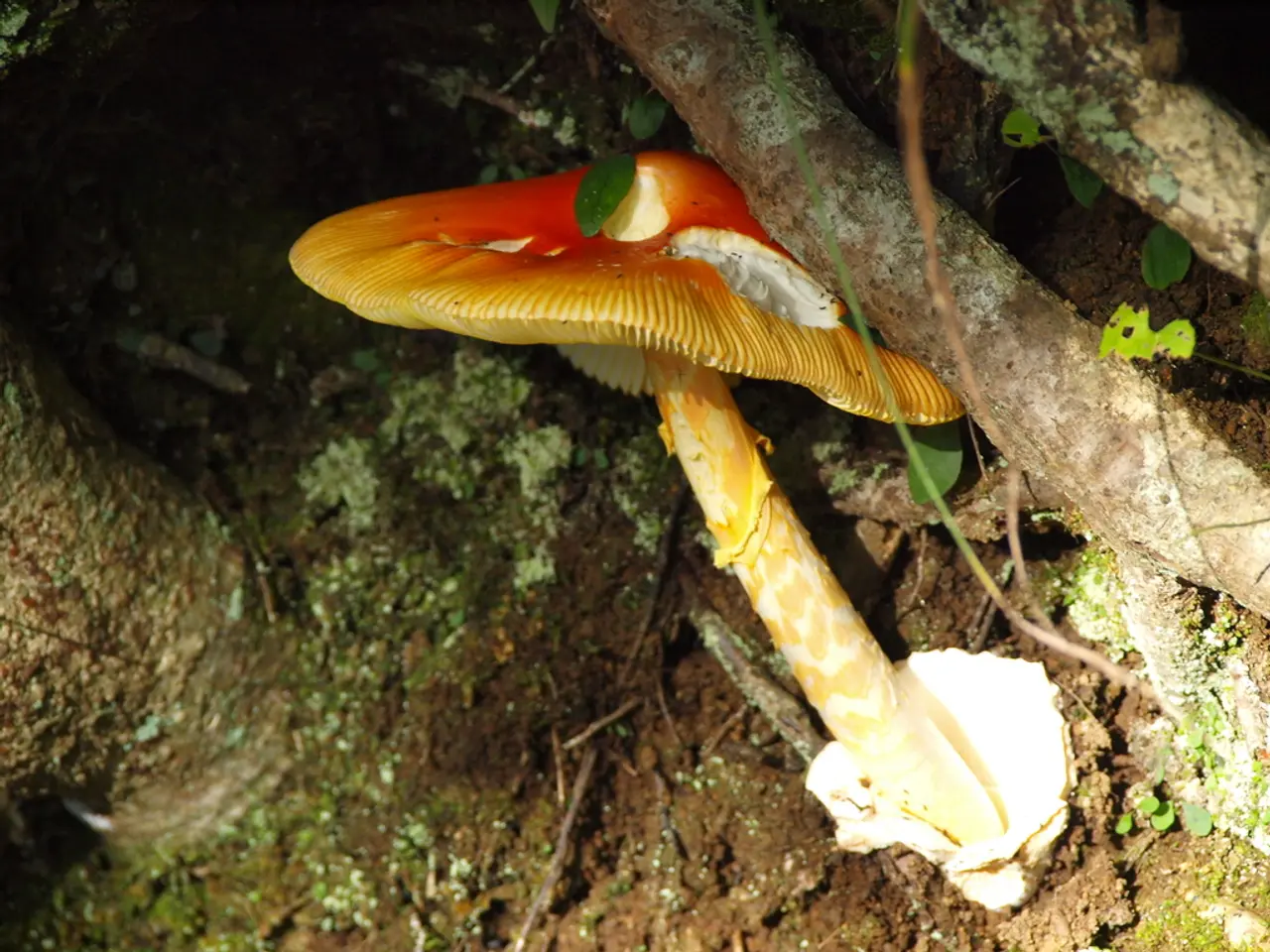Cautious creatures in Moscow: Are they a risk to humans and how to manage affected produce
In recent months, an unusual invasion of large orange-brown slugs has been observed in Moscow and central regions of Russia. While this phenomenon is not commonly documented as a major environmental event, the exact origins and threats posed by these invasive terrestrial gastropods are still under investigation.
These slugs, known as Arion vulgaris or "Spanish slugs," originate from Central Europe, not Spain. As invasive species, they can cause problems in our ecosystems by feeding on crops, native plants, and even each other's bodies. If left unchecked, predators, diseases, and parasites may potentially establish themselves, becoming a normal part of our ecosystems.
The problems caused by the spread of these slug species are not yet fully understood, but it is known that they can migrate over long distances due to their large size. This makes prevention for a single plot challenging. To combat slugs in the garden, Vadim Maryinsky suggests a manual collection method, followed by either dumping them far away or drowning them as more humane methods of elimination.
Slugs are attracted to beer bait, but this method is not a panacea and requires manual collection. They have a toothed "grater-tongue" called the radula, which leaves characteristic marks on leaves. If slugs have bitten into a tightly-structured vegetable like a cabbage, it is sufficient to cut off or remove the "chewed" parts and wash the remaining produce.
If a few slugs are found on a plot, it's not a serious problem. However, if slugs have eaten a crop, it is recommended to wash the produce thoroughly or remove the outer leaves that have been in contact with the soil and potential pests. Fallen fruits or berries should not be eaten if slugs have been on them due to potential mold growth.
Interestingly, slugs are not specific carriers of diseases like mosquitoes are for malaria. However, they can pick up bacteria, viruses, and worm eggs as they move. If a slug is squished, it can create a noticeable bacterial load. The slime of slugs and other gastropod mollusks contains substances that can cause discomfort, vomiting, or blockages if consumed in large quantities by pets, especially dogs.
The unusual abundance of slugs this summer is a direct result of weather caprices, including a relatively mild winter, frequent thaws, a pleasant spring, and a wet, warm summer. If these conditions continue, the slug population may persist, necessitating ongoing efforts to manage their impact on agriculture and ecosystems.
For more precise and current insights, it is recommended to consult up-to-date local environmental or agricultural news sources, government pest control agencies in Russia, or scientific publications on invasive species in 2025.
- The Spanish slugs, scientifically known as Arion vulgaris, originate from Central Europe, not Spain, and have been causing problems in our ecosystems due to their invasive nature.
- In connection to the health-and-wellness of pets, it's important to note that the slime of slugs contains substances that can cause discomfort, vomiting, or blockages if consumed in large quantities by pets, especially dogs.
- To cope with the increasing presence of slugs in fitness-and-exercise spaces like home-and-garden plots, Vadim Maryinsky suggests a manual collection method followed by dumping them far away or drowning them as humane elimination practices.
- Environmental-science studies have shown that slugs can pick up bacteria, viruses, and worm eggs as they move, indicating potential health risks associated with consuming food that has come into contact with these pests.
- Nutrition-related impacts of the slug invasion are concerning, as fallen fruits or berries that have been contaminated by slugs should not be eaten due to potential mold growth.




